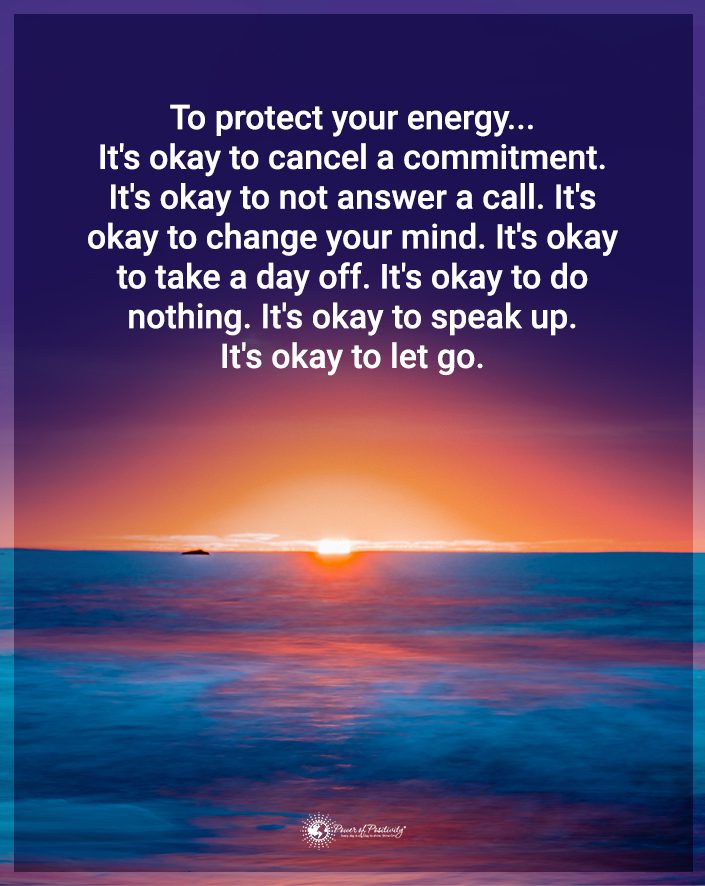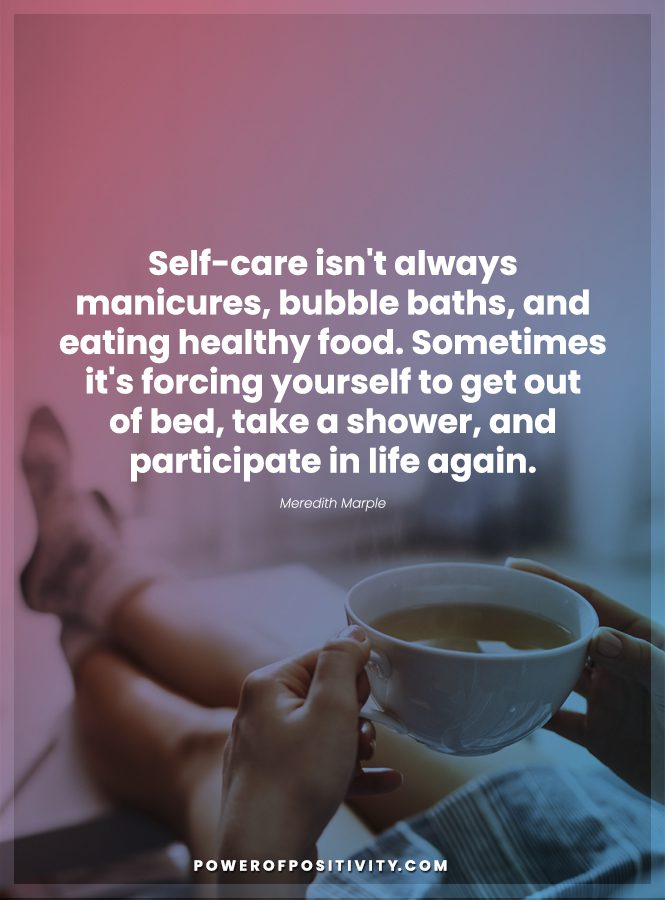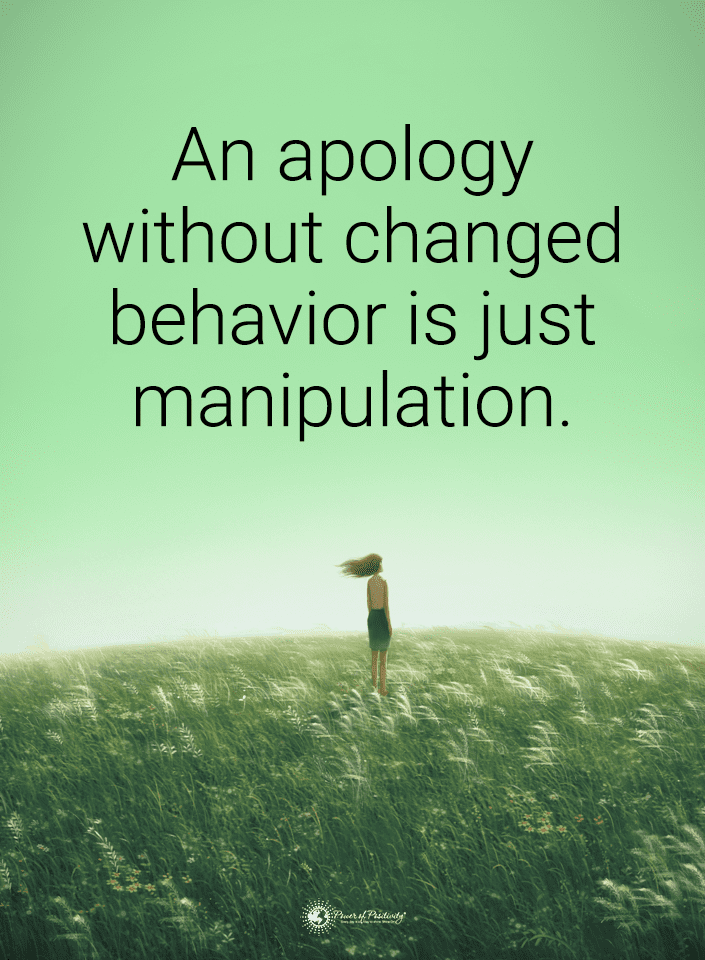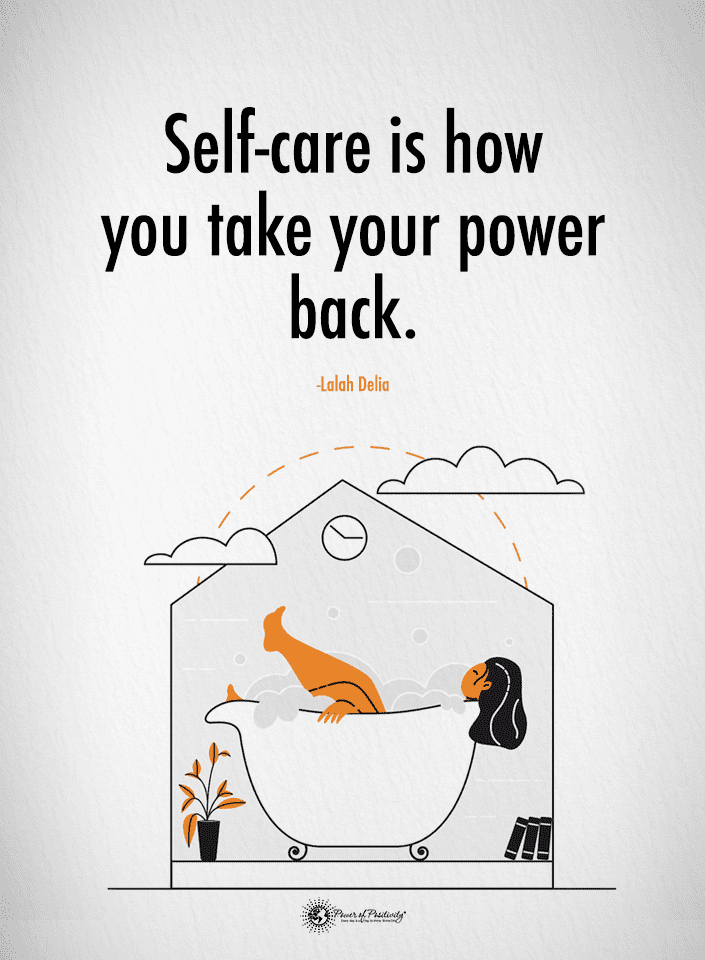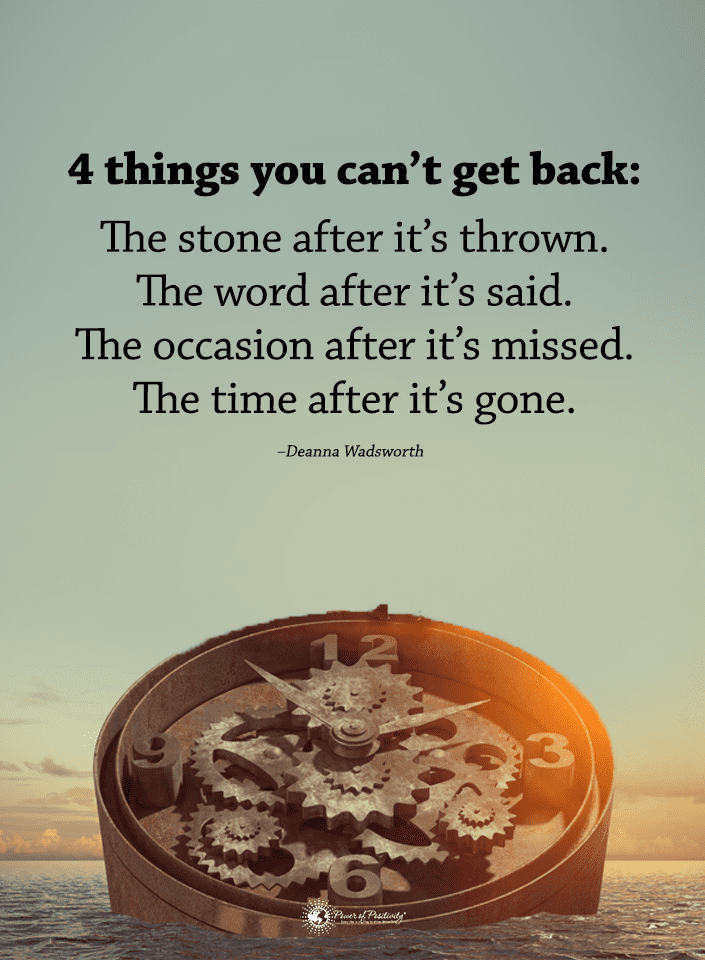Why does the narcissist crave your strength?
Understanding the dynamics of narcissistic relationships can be a complex task. Narcissists, usually characterized by a need for approval and an impaired ability to recognize and comprehend the needs of others, often form relationships with strong people.
One intriguing aspect of these relationships is the attraction narcissists often have toward these stronger individuals. This article shines a brighter light on this phenomenon, drawing on scientific research to explain it.
Understanding Narcissistic Personality Disorder
Let’s start with a basic overview of the mind of a narcissist.
The Mayo Clinic defines Narcissistic Personality Disorder (NPD) as follows:
“Narcissistic personality disorder is a mental health condition in which people have an unreasonably high sense of their importance. They need and seek too much attention and want people to admire them. People with this disorder may lack the ability to understand or care about the feelings of others. But behind this mask of extreme confidence, they are not sure of their self-worth and are easily upset by the slightest criticism. ” -Mayo Clinic
As the last phrase of that explanation suggests, those with narcissistic personality disorder see themselves as superior to others. As a result, they have little regard for other people’s feelings. But behind this mask of ultra-confidence lies a fragile self-esteem, making them vulnerable to the slightest criticism
Those with NPD tend to have an inflated sense of ego and entitlement, often putting themselves first, lacking empathy, and sometimes becoming abusive to others. This inflated sense of self often masks fragile self-esteem. Therefore, they are incredibly sensitive to criticism.
Narcissists Gravitate to Strong People
People with NPD frequently attach themselves to strong individuals due to their need for admiration and desire to associate themselves with those who enhance their self-image. Strong individuals, whether in terms of personality, success, or social status, can give the narcissist the sense of validation and admiration they crave.
Moreover, strong individuals often possess qualities narcissists feel they lack, and associating with them can help them maintain their illusion of superiority. In essence, the strength of their partner serves to reflect and amplify the narcissist’s own perceived self-worth.
The Narcissistic Relationship Pattern
Many narcissistic relationships follow a predictable pattern, starting with an idealizing phase where the narcissist is charming and enamored with their someone’s strengths. A waning phase, where the narcissist begins to notice and criticize the person’s flaws, quickly follows. Finally, the relationship often ends in a discarding phase, where the narcissist disregards the other person.
This pattern occurs in many narcissistic relationships – romances, family, friends, or colleagues.
Five Reasons Narcissists Seek Strong People
Understanding why someone with NPD seeks strength reveals much about the mental illness.
1 – Strong people give a narcissist a sense of worthiness:
Narcissists often grapple with deep-seated insecurities and a pervasive fear of being inferior. When they encounter strong, confident individuals who lead vibrant and exciting lives – the narcissist can’t resist it. Strong people often have charisma and success. That means these individuals represent a life that the narcissist aspires to.
By winning over such individuals, someone with narcissism may feel they are proving to themselves and others that they are worthy of this type of life. This sense of worthiness is often a facade to mask their insecurities. But it provides a temporary boost to their fragile self-esteem. Therefore, the narcissist’s attraction to strong people serves as a mechanism to validate their worth and reinforce their grandiose self-image.
2 – Strong people present a unique challenge:
Narcissists need to feel superior to others and often view relationships as a game of power and control. Targeting insecure individuals does not give them the sense of superiority they crave. That’s because they offer little challenge.
On the other hand, winning over a strong, confident individual means a narcissist can feel a heightened sense of superiority. This conquest validates their perceived superiority. It also feeds their ego. It’s a game where the prize is a boost to their self-esteem and a reinforcement of their grandiose self-perception.
3 – Strong people have an irresistible dose of empathy and kindness:
Strong, confident individuals often possess an abundance of empathy, a personality trait that can lead to a higher tolerance for the manipulative tendencies of those with NPD.
They feed off this tolerance and patience. In fact, they intuitively know that they can push boundaries in both significant and subtle ways.
This manipulation often takes the form of emotional exploitation. That’s where the narcissist uses the empathetic nature of the strong individual to their advantage. Therefore, the narcissist’s attraction to empathy and kindness is rooted in their desire to exploit these traits for their benefit.
4 – Strong people represent safety to someone with NPD:
Most who struggle with NPD have deep-seated childhood wounds. As a result, they may experience feelings of powerlessness or worthlessness. Strong people who handle life’s ups and downs make the world safer for everyone, including a narcissist.
These individuals provide a sense of stability and security that the narcissist craves. They are drawn to this sense of safety, even though they may sabotage it when they turn on their partners. This paradoxical behavior is rooted in their fear of vulnerability and need to maintain control.
5 – Strong people are everything the narcissist hopes to become:
Many strong individuals possess everything with NPD desire — confidence, intelligence, influence, and inner strength. They may falsely believe that by spending time with such individuals, they might absorb the other person’s power.
This belief is rooted in the narcissist’s desire to emulate the qualities they fantasize about but often lack. However, their attitude may turn when they realize the other person’s power doesn’t transfer over. In time, they may start to devalue and undermine that other person.
The Role of Empathy When Strong People Must Deal With a Narcissist
Empathy plays a significant role for strong people in relationships with narcissists. You may try to avoid them, but what about family members or cow-workers? It’s impossible to control every interaction. But you can control your response using empathy. Here’s how:
Understanding the narcissist’s behavior:
Empathy allows individuals to understand the root of the behavior. Narcissists often have deep-seated insecurities and fears, usually stemming from childhood traumas. By empathizing with the narcissist, strong individuals can see beyond the surface-level behaviors to the pain they hide. This understanding can provide context for the narcissist’s actions, although it does not excuse abusive or harmful behavior.
Maintaining emotional balance:
Empathy can help maintain their emotional balance when dealing with a person with NPD. Strong individuals can better manage their emotional responses by understanding that their actions reflect their inner turmoil. They understand it results from a mental illness, not a personal attack. This emotional balance can prevent narcissists from manipulating their emotions.
Setting healthy boundaries:
Empathy does not mean tolerating abuse or harmful behavior. Strong individuals can use empathy to recognize when someone crosses boundaries. Consequently, they know to take steps to protect themselves. That might involve setting clear boundaries about acceptable behavior or seeking support from a mental health professional.
Facilitating healing:
Empathy can facilitate healing for those strong people who choose to maintain a relationship with the narcissist. By empathizing with the narcissist’s pain, one can provide emotional support that may help them address their insecurities and fears. However, it’s important to note that healing is a long process that demands the person with NPD to acknowledge their behavior and seek professional help. That’s no small feat.
Preventing self-blame:
Empathy can also prevent people from blaming themselves for the narcissist’s behavior. Strong individuals can avoid internalizing the narcissist’s negative behavior by understanding that narcissistic actions stem from their insecurities and fears.
While empathy can be a powerful tool for understanding and coping with narcissists, strong individuals must prioritize their well-being. Empathy should not lead to tolerating abuse or neglecting one’s own needs. If you are in a relationship with a narcissist, consider seeking support from a mental health professional.
Final Thoughts on Understanding Why Narcissists Attach Themselves to Strong People
Understanding why those who have narcissism are attracted to strong people involves delving into the complexities of the narcissistic personality and the dynamics of their relationships.
While their attraction to strength can often lead to challenging relationships, recognizing the underlying factors can provide valuable insights for those involved with narcissists.
It’s crucial to remember that empathy and understanding are essential. However, setting boundaries and prioritizing one’s well-being are keys to surviving this relationship. Take care of yourself!


